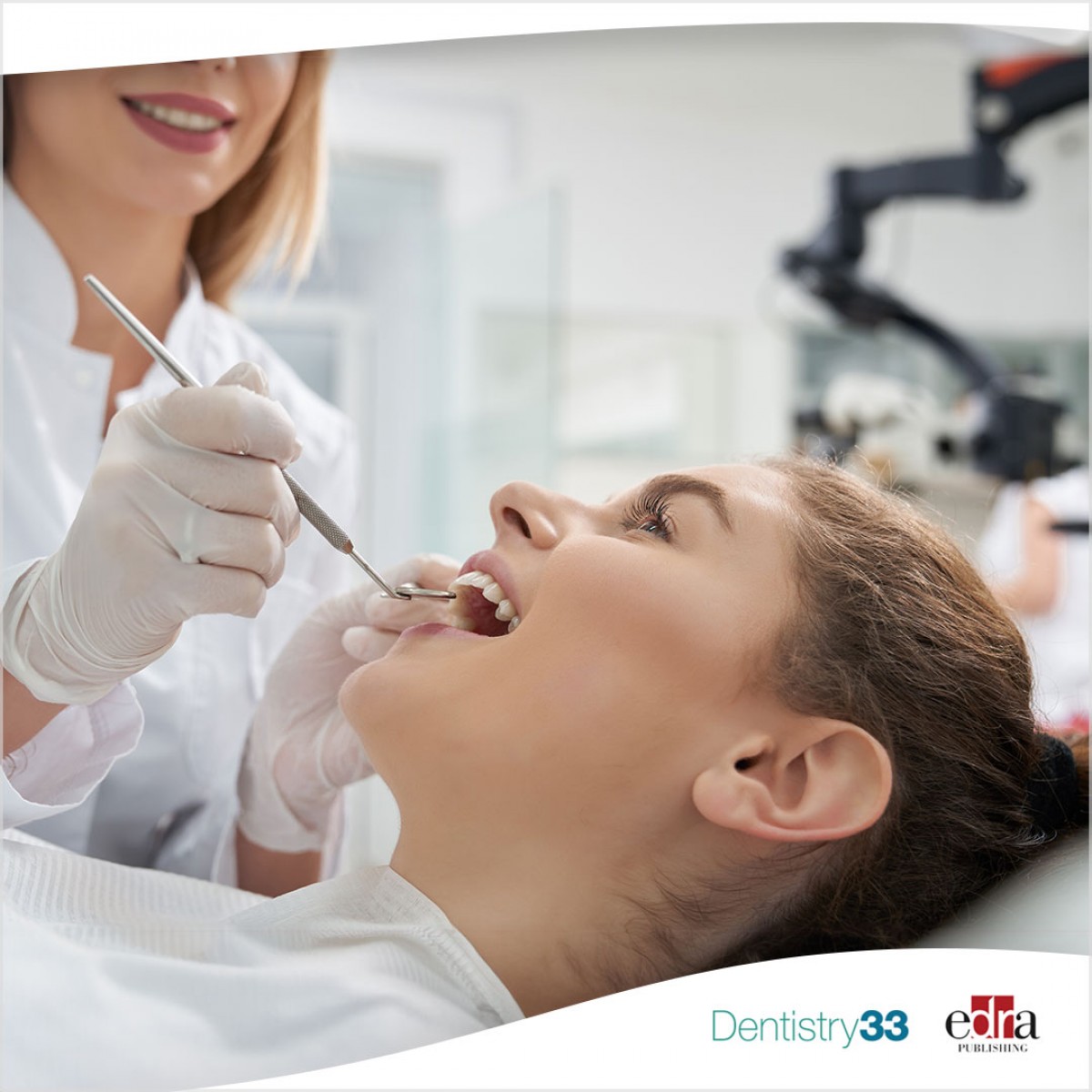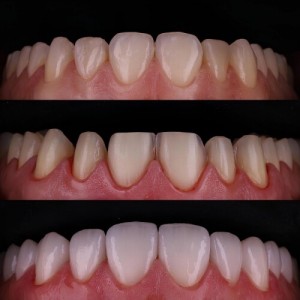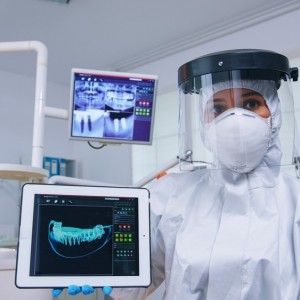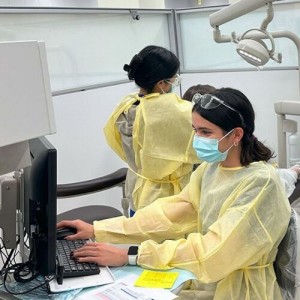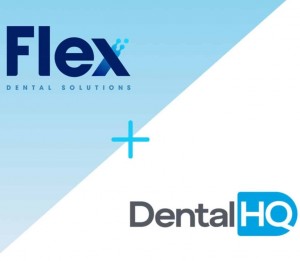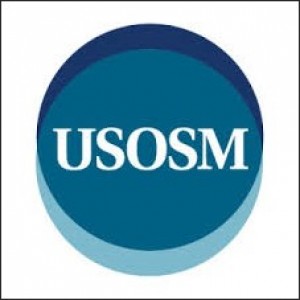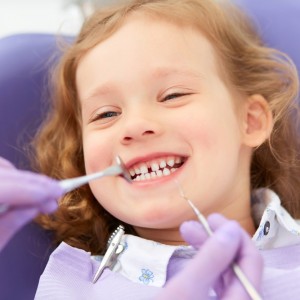
Selective procedures in restorative dentistry
By Lorenzo Breschi and Diego D’Urso
Introduction
To follow the doctrine of minimal intervention, selective procedures are becoming increasingly popular in restorative dentistry. Despite the promising opportunities provided by these approaches, not all clinical procedures in restorative dentistry are supported by good research that follows the guidelines of evidence-based dentistry (EBD).
EBD aims to create a dialogue between dental practitioners and dental research, to drive new research and promote the use of the best available evidence to inform clinical decision-making. Hence, Nagarkar et al. aimed to reduce this knowledge gap by critically inspecting current clinical methods for selected restorative procedures.
Materials and methods
MEDLINE (National Library of Medicine) via the Ovid interface was used for all literature searches, published in English only. Medical subject headings were used and advanced limits were selected in the Clinical Queries section. Only randomized controlled clinical trials (RCTs), non-randomized controlled clinical trials (NRCTs), systematic reviews (SRs) of RCTs/NRCTs, and evidence-based practice guidelines were included. Furthermore, cost-effectiveness analyses were included due to their practical relevance to the decision-making process. Lastly, to provide comparative or background information, other study designs (in vitro, narrative reviews, case series, cohort studies, etc.) were mostly utilized.
Results
Mixed results were identified regarding the included interventions. Some procedures had adequate evidence supporting them, while others were mostly based on beliefs. The findings reported in this paper are important because what emerged is that there are some gaps in current literature regarding selected restorative procedures.
Conclusions
Some common restorative procedures lack adequate evidence-based support from high-quality research evidence.
Nagarkar S, Loguercio AD, Perdigão J. "Evidence-based fact checking for selective procedures in restorative dentistry." Clin Oral Investig. 2023 Feb;27(2):475-488. doi: 10.1007/s00784-022-04832-z. Epub 2023 Jan 6. PMID: 36607490.
 Related articles
Related articles
Restorative dentistry 03 November 2025
The worldwide interest of both dentists and patients in esthetic dentistry has affected decision-making in dental practice.
Restorative dentistry 14 October 2025
Evidence-based dentistry for planning restorative treatments: barriers and potential solutions
Evidence-based dentistry (EBD) can help provide the best treatment option for every patient, however, its implementation in restorative dentistry is very limited.
Some studies have reported an association between dental caries experience and genetics, stating that genes can function as risk or protective factors for caries.
Digital Dentistry 19 November 2025
Increasing awareness of tooth fracture, both complete and incomplete, as a significant disease entity has led to improved diagnostic techniques.
Restorative dentistry 12 September 2025
Traumatic tooth injuries involve function and aesthetics and cause damage that range from minimal enamel loss to complex fractures involving the pulp tissue and even loss of the tooth crown.
 Read more
Read more
News 28 November 2025
Flex Dental Solutions, a leading patient-engagement software and authorized integration vendor for Open Dental users, today announced a new strategic relationship with DentalHQ, a premier...
News 28 November 2025
The Accreditation Association for Ambulatory Health Care (AAAHC) has accredited two additional U.S. Oral Surgery Management (USOSM) partner practices. They are North Sound Oral & Facial Surgery...
Pediatric dentistry 28 November 2025
Retrospective Review of Pediatric Oral Lesions from a Dental School Biopsy Service
This report presents a review of the results from 5457 biopsies of patients, 0-16 years of age, received over 15 years at the University of the Pacific School of Dentistry
Editorials 28 November 2025
RE-JOIN research project receives $1.4 million extension to advance joint pain research
A research team co-led by University of Michigan School of Dentistry faculty member Joshua Emrick has received substantial extended funding from the National Institutes of Health (NIH), paving the...
Products 28 November 2025
DEXIS has announced the results of new independent radiation testing for its handheld, portable X-ray system, NOMAD™ Pro 2.


